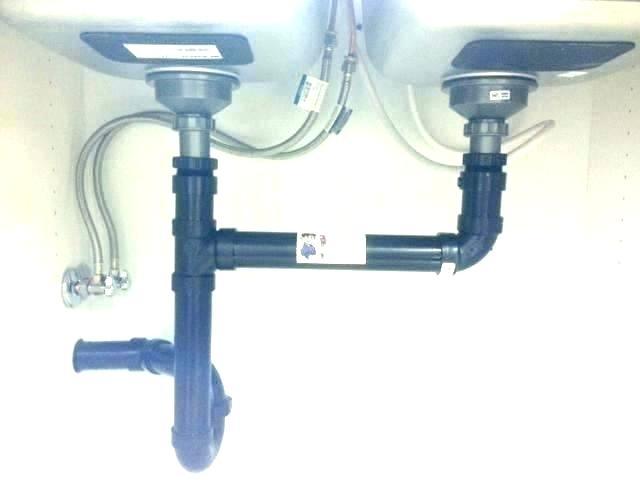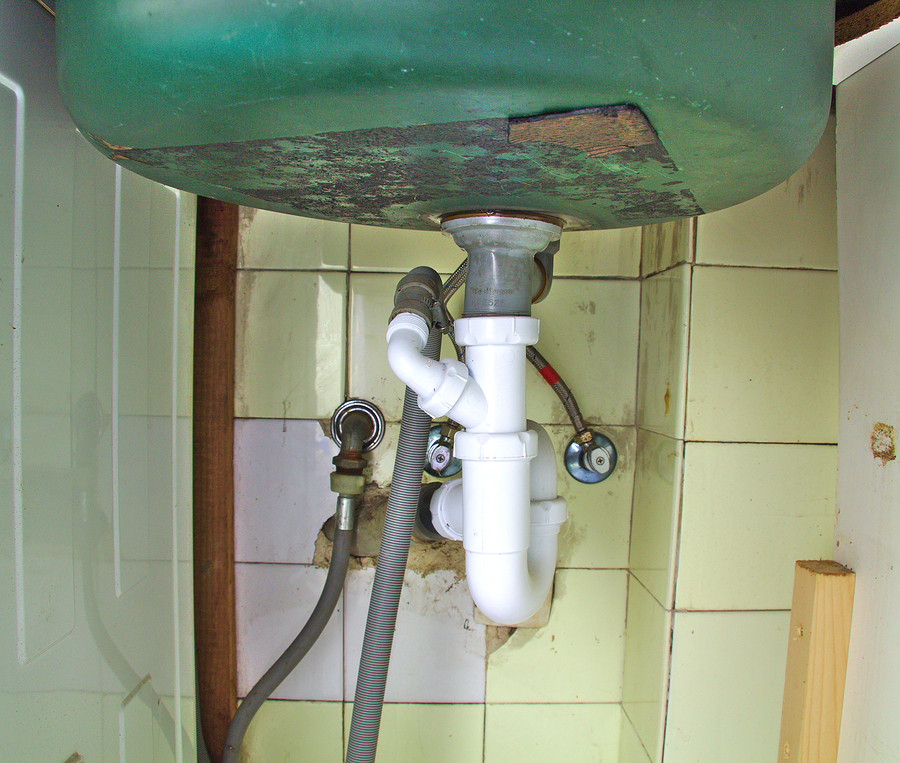Practical Methods for Fixing a Dripping Garbage Disposal
Practical Methods for Fixing a Dripping Garbage Disposal
Blog Article
What are your ideas about Tips on Fixing a Leaking Garbage Disposal?

Waste disposal unit are essential kitchen home appliances that assist in getting rid of food waste efficiently. However, a dripping garbage disposal can be a discouraging and untidy issue to handle. Luckily, many leaks can be dealt with easily with a couple of straightforward actions. In this article, we will discuss exactly how to repair a dripping garbage disposal effectively.
Introduction
Garbage disposals are set up under kitchen sinks and are designed to shred food waste into smaller sized pieces, enabling it to go through the pipes system conveniently. While these gadgets are generally trusted, leakages can take place with time because of damage, loose links, or damage to the unit.
Typical Sources Of Leakages in Waste Disposals
Worn Seals and Gaskets
Seals and gaskets play a critical function in protecting against water from dripping out of the garbage disposal. With time, these elements can weaken, causing leaks around the disposal system.
Loose Connections
The links between the garbage disposal and the plumbing system can come to be loose with time, triggering water to leak out during operation.
Fractures or Holes in the Disposal Unit
Physical damage to the garbage disposal, such as splits or openings in the real estate, can additionally cause leaks.
Recognizing the Resource of the Leak
Prior to attempting to fix a leaking garbage disposal, it is important to recognize the resource of the leak. This can generally be done through aesthetic examination or by performing basic tests.
Visual Inspection
Evaluate the garbage disposal system meticulously for any type of indications of water leak. Pay close attention to areas around seals, gaskets, and connection points.
Examining for Leakages
One way to evaluate for leaks is by running water with the disposal unit and checking for any type of noticeable signs of leak.
Tools and Materials Needed for Taking Care Of a Leaking Waste Disposal Unit
Prior to starting the fixing process, gather the essential devices and products, including a screwdriver, adjustable wrench, plumbing technician's putty, replacement seals or gaskets, and epoxy or patching product for repairing fractures or holes.
Step-by-Step Overview to Taking Care Of a Leaking Waste Disposal Unit
Switch off the Power
Before attempting any kind of fixings, make sure that the power to the garbage disposal system is turned off to prevent the threat of electric shock.
Situate the Leak
Determine the exact place of the leak and identify the cause.
Tighten Connections
Use a wrench to tighten any loosened connections between the disposal device and the plumbing system.
Replace Seals or Gaskets
If the leak is due to worn seals or gaskets, eliminate the old elements and replace them with new ones.
Patching Cracks or Openings
For splits or holes in the disposal device, usage epoxy or an ideal patching material to secure the broken area.
Testing the Garbage Disposal After Repair Service
When the repair is complete, check the garbage disposal by running water through it to make sure that the leakage has actually been solved.
Preventive Upkeep Tips to Avoid Future Leakages
To stop future leaks, it is vital to perform routine upkeep on your garbage disposal. This consists of maintaining it tidy, avoiding putting non-food items or hard items down the disposal, and regularly checking for leaks or various other concerns.
Conclusion
In conclusion, repairing a leaking waste disposal unit is a reasonably simple process that can be finished with fundamental devices and products. By adhering to the actions detailed in this write-up and practicing preventive maintenance, you can keep your waste disposal unit in good working condition and prevent pricey repair work in the future.
HERE’S HOW TO FIX YOUR GARBAGE DISPOSAL
WHAT TO DO IF SOMETHING IS STUCK IN YOUR GARBAGE DISPOSAL
If the impeller won’t turn, there’s probably something stuck in the disposal. It could be a steak bone or peach pit, although plumbers report pulling all sorts of inappropriate objects out of disposals, such as bottle caps or aluminum foil. Make sure power to the disposal is off, and look inside to see if you can see the source of the jam.
Never stick your fingers in a disposal. Pull out anything you see with tongs or pliers.
If the disposal still won’t work, it may be time to call a plumber or consider buying a new disposal. GEM Plumbing & Heating is here for all of your garbage disposal needs.
WHAT TO DO IF YOUR GARBAGE DISPOSAL DRAIN IS CLOGGED
Take everything out from underneath your sink and put a bucket or other container under your disposal to catch any water that drains out. Disconnect your disposal from the power supply. If it’s plugged into a wall outlet, unplug it. If it’s hardwired into an electrical box, go to the electrical panel and turn off the breaker for the disposal. Pour ¼ cup of baking soda into the drain, followed by ½ cup of white vinegar. Give the solution a few minutes to fizz and do its work. Look into the disposal with a flashlight to see if you can see an object that might be causing the clog. If you see it, remove it using tongs or pliers. MORE TIPS ON DEALING WITH A CLOGGED GARBAGE DISPOSAL
Never use drain cleaner in a garbage disposal. It can damage the plastic parts inside the disposal. You can also be splashed with the caustic liquid while working to clear the clog. Beware! Never stick your fingers into a garbage disposal. Trust us — not a good idea. In many instances, your dishwasher drains through your garbage disposal. This allows the disposal to grind any large food particles that may be drained out of your dishwasher. There are some jurisdictions, however, where the plumbing code prohibits such a connection. WHAT TO DO WHEN YOUR DISHWASHER DRAINS THROUGH THE DISPOSAL
Run some water in the sink so your plunger has at least a ½-inch of water to create a seal and plunge vigorously up and down several times. You may need to repeat this several times. Run hot water down the drain to clear any residue that remains.

As a serious reader about Why Is , I thought sharing that piece of content was sensible. I beg you take the opportunity to promote this page if you enjoyed it. Thanks so much for going through it.
Rates Report this page